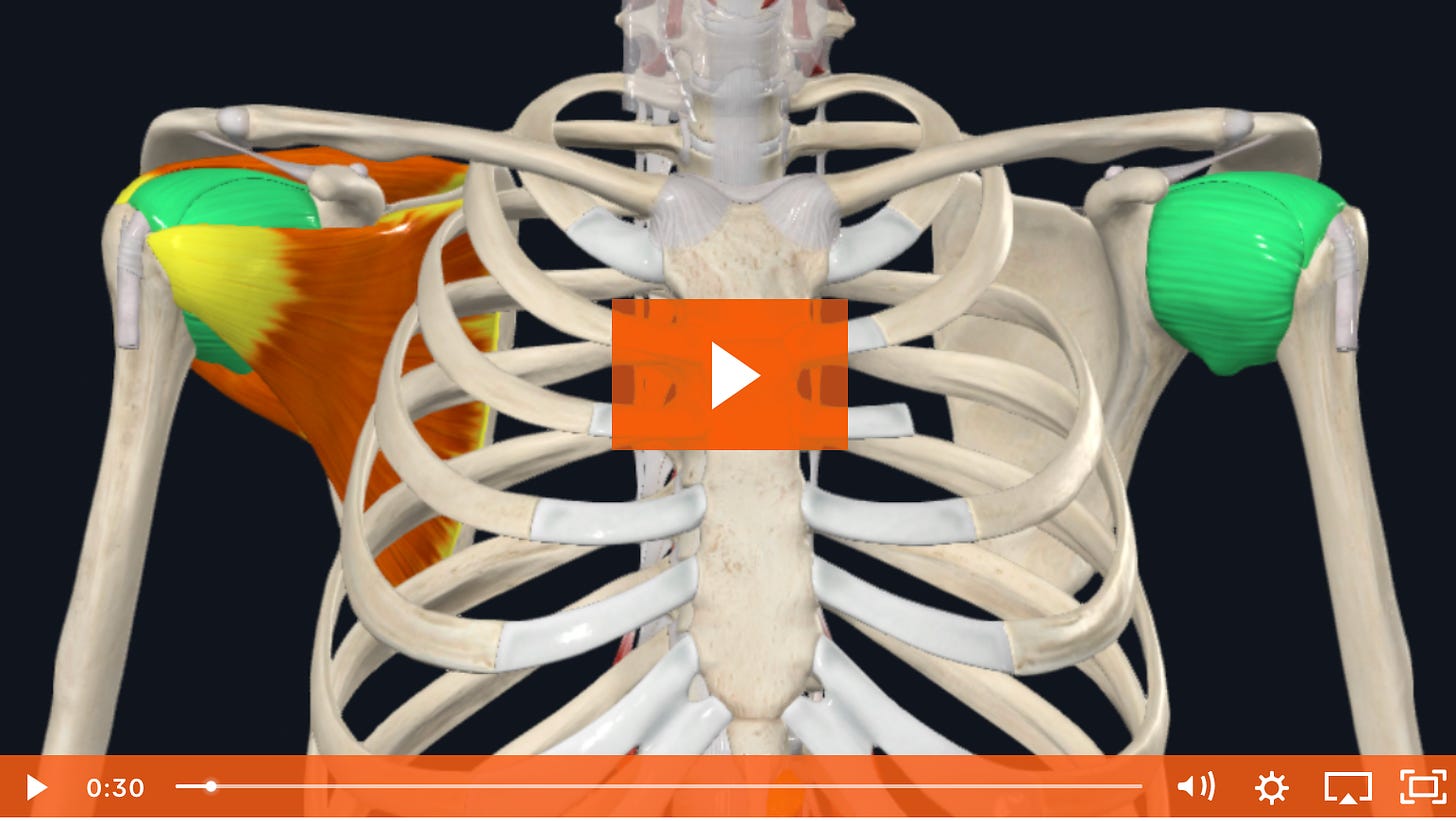Powerlifters: How to Use Joint-Specific Training and Strength Training Programs Concurrently
For most lifters, the concept of training their joints may be a novel one, with the focus typically on strength and muscle mass. However, joint-specific training is an emerging concept in the world of strength and conditioning that offers significant benefits. Understanding and incorporating this approach can help transform lifters’ training programs, providing a crucial leverage point that represents a true paradigm shift. In this article, I will delve into the integration of joint-specific training with traditional strength programs, a strategy that can catapult performance and longevity in powerlifting to new heights.
As a manual therapist and strength coach, one of the more common challenges I face is the lack of joint-specific training in lifters' programs. This blind spot prevents them from experiencing the cumulative, multifaceted benefits that develop over time. The key is to shift their focus from solely outcome-based goals to action-based goals. By approaching joint-specific training with the same dedication as other aspects of their strength programs—repeating actions, accumulating marginal gains, and committing to the process—lifters can enhance their overall joint health and performance.
Traditionally, strength training systems emphasize major lifts like the squat, bench press, and deadlift, along with considerable accessory volume, focusing primarily on external-based outcomes. This approach often overlooks the internal environment—joints, connective tissue, and muscle tissue—all of which are not just crucial, but essential for optimal performance in powerlifting. Moreover, these internal elements have trainable qualities such as joint workspace, connective tissue architecture, and the load-bearing capacity of connective tissue. These and other biological elements play a key role in improving performance by helping to stave off biological accommodation and neurological stagnation, a fact that is often overlooked but is crucial for lifters to understand.
Joint-Specific Training
A joint is the connection of two or more bones, allowing for motion relative to one another. The space between these bones is known as joint workspace, while the connective tissue that encapsulates these bones is called the joint capsule, contributing to our capsular workspace. Joints also include other elements of connective tissue such as ligaments, tendons, bone, and cartilage.
Traditional strength training models broach but don’t discuss trainable biological elements such as joint space, connective tissue architecture, and connective tissue load-bearing capacity, but mainly focus on training at the muscular level.
Joints are highly adaptable to training work. Joint-specific training can elicit positive, multifaceted effects, altering the physical state of the joint to enhance function, fitness, and health.
Joint-specific training involves performing specific work that improves the physical state of the joint to achieve:
-
↑ Increased Joint Space
-
↑ Improved Connective Tissue Architecture and Load-Bearing Capacity of the Joint Capsule
-
↑ Increased Muscular Work Capacity

Case Example
Recently, I spoke with a friend and powerlifter who inquired about joint-specific training. He had been experiencing shoulder issues after completing a training wave focused on his bench press, during which he successfully pressed 405 pounds.
We discussed implementing our Shoulder Health Program, a 12-week joint-specific training program. This program consists of three training waves with a deload week in between each wave. The program is progressive in nature, increasing the stimulus to the biological elements of the joint each week to ensure continuous adaptation.
Each training session lasts 15 minutes or less and can be integrated into his existing strength training program. I recommended that he perform the shoulder-specific training before his upper-body training, seamlessly combining joint-specific training with his regular strength training.
This approach can be followed as recommended or performed multiple times per week to help manage shoulder issues or dysfunction. I advised him to start from week 1 and follow the program as designed. After completing the first block, he could move on to the next or choose specific workouts to complement his ongoing training program.
Key Takeaways
Concurrent Training of Joint-Specific Training and Strength Training:
-
The case study highlights the seamless integration of joint-specific training into an existing strength training program. By performing joint-specific exercises before upper-body workouts, powerlifters can address shoulder issues without disrupting their primary strength training regimen. This demonstrates the practicality and convenience of combining both training approaches.
Progressive and Adaptable Training Program:
-
The Shoulder Health Program is designed to be progressive, with increasing stimulus each week to promote continuous adaptation. The inclusion of deload weeks and the flexibility to start from any point or select specific workouts as needed make the program adaptable to individual needs and schedules. This approach ensures that the training is both effective and sustainable over the long term.
Focused and Time-Efficient Workouts:
-
Each joint-specific training session is concise, lasting 15 minutes or less, making it easy to incorporate into a busy training schedule. Despite the short duration, the training work is highly specific and can significantly improve joint health and function. Demonstrating that even brief, highly specific and stimulating training sessions can have substantial benefits for powerlifters dealing with joint issues.
In conclusion, joint dysfunction is among powerlifters’ common problems, and implementing joint-specific training work is a simple solution to those problems. Traditional methods often focus solely on external outcomes and muscles, neglecting the vital role of joints and connective tissues. Joint-specific training improves joint health and longevity, improves connective tissue architecture, increases the load-bearing capacity of the architecture, increases muscle fiber conditioning or hypertrophy, and improves joint workspace.
The case study shows how simple and efficient joint-specific training can be integrated into a powerlifter’s program without adding any unnecessary volume and complimenting their training program, resulting in improved performance and longevity.
I encourage everyone to try a joint-specific workout. Here is a simple training plan that can be done 1-3x per week in conjunction with your current training program.
Let us know what you think.
Sign up and get a FREE video workout!
Plus get our free monthly video blog on accessing what you love most - your body and optimizing your joint health!


